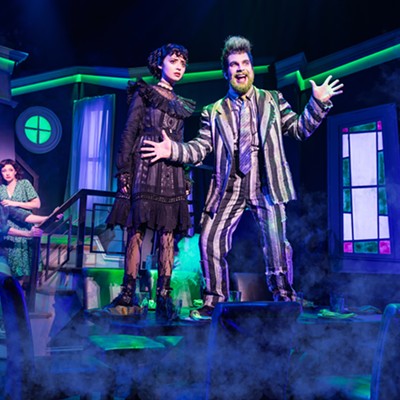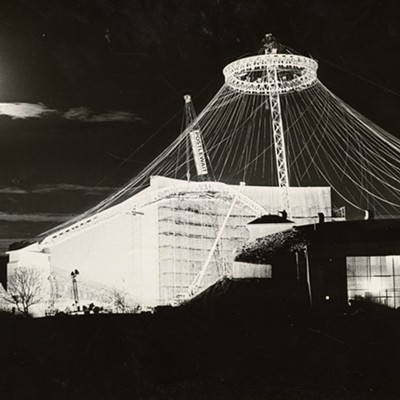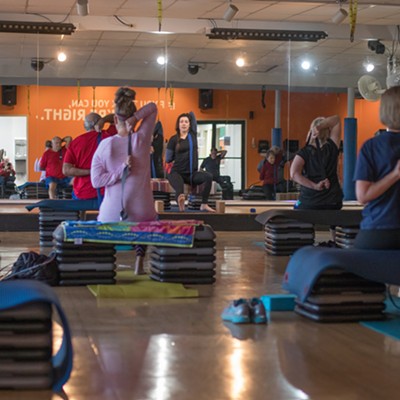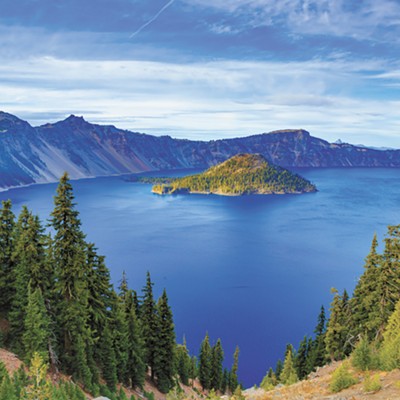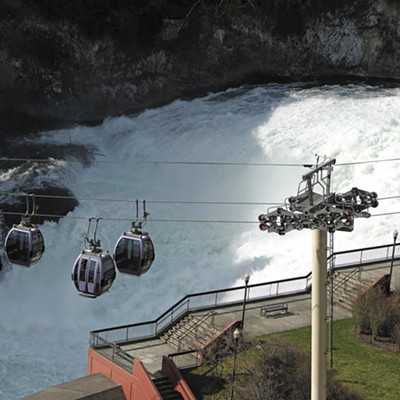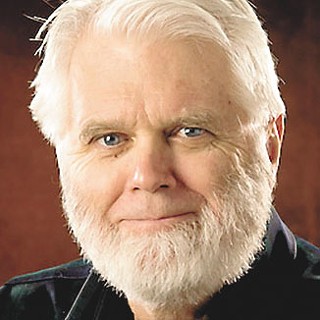The last thing Riverfront Park needs is more open, empty space. Instead, what the park needs is more people. And renovating the YMCA building would increase park occupancy. Architect Rick Hastings, the founder of “Friends of the Falls,” recently seconded this observation.
Another structure dedicated to public or public/private use, located toward the empty east end of the park, wouldn’t be a bad idea; the entire park experience would be improved. Multi-use is always better.
Jane Jacobs, the great urban-renewal activist, argued that successful parks aren’t mausoleums or wide-open spaces — they are public places that attract the public. They are not “pristine” places but human-made and human-designed. Yes, they take advantage of natural settings, but they thrive only when people come and stay and mingle and interact.
If the YMCA were a nondescript dump — well, maybe then we should seize on the opportunity to reclaim nature, as some urge.
But aside from the old Washington Water Power plant (designed by Kirkland Cutter), the Clock Tower and, of course, the Looff Carousel, the only other building of any distinction whatsoever, on or near Riverfront Park, is the YMCA building.
Yes, the “Y” is a period piece — no quarrel on that score. And yes, it was built during maybe the weirdest stretch of architecture that the country has ever experienced.
It’s an artifact, but so is the Fox, which represents the Art Deco style, along with all the Victorian and Craftsman-style homes in Spokane.
Linda Yeomans, Spokane’s resident specialist and expert in all things worth preserving, concurs. In a letter to Ron Wells, she describes the building this way: “The building was designed by Whitehouse & Price, one of Spokane’s most prominent and prolific architectural firms (St. John’s Episcopal Cathedral), and is an excellent example of the mid-century modern Contemporary Style, which was developed in the late 1950s, ’60s and ’70s.” She goes on to detail the building’s features: “With its original footprint and form, brushed aluminum trim, Ludwig Mies van der Rohe-influenced style-defining ‘window walls,’ and other stylistic architectural elements intact, the YMCA stands as one of few buildings of its type constructed in the Spokane region.” She observes that the building is in excellent condition and retains “a high degree of architectural integrity.” Wells’ proposal assumes that the renovation will do nothing to compromise this prime candidate for “Historic Preservation” recognition.
Notably, Wells isn’t talking about condominiums; rather, he is talking about mixed use involving public activities on the main floor and apartments above. Apartments aren’t condominiums.
Frankly, if our built environment at the park is truly of concern, as apparently it is to some who want to tear down the “Y,” I can think of better candidates for demolition. For non-descript and dysfunctional they should shift their gaze away from the “Y” building over to Spokane Falls Boulevard.
To wit: Spokane “Opera House” (cudos to INB, the bank deserves credit for cleaning up the signage and entrance), is a design disaster. One executive director of a major orchestra once lamented that the Spokane Opera House is the only venue in America where you can see a crescendo but can’t hear it. Microphone technology has made large shows possible, but even these productions suffer. Dead spaces riddle the building.
The Ag-Trade Center? A half city block of nondescript, windowless concrete, nothing more. It has zero design value and because it walls off the street it detracts rather than adds social value.
The Convention Center? Its “industrial look,” while it might be OK were the building to have been located out at the fairgrounds, isn’t OK in the city, not when all who come towards the building from the south or from the east are confronted by the startling vision of what amounts to outdoor plumbing — and forget ever seeing the river.
Spokane should be grateful that this project has attracted the interest of Ron Wells, whose preservation record is unequaled, and should look forward to the prospect of saving a period-piece historic building like the YMCA while at the same time making the park a safer and more vital place for one and all.




